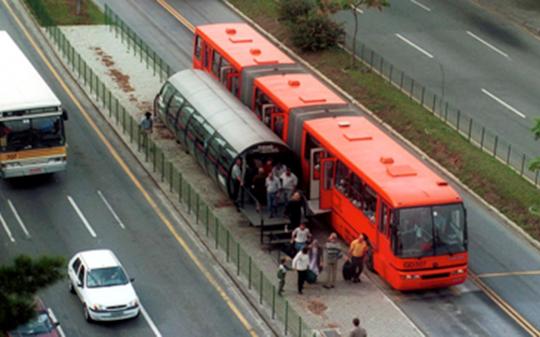
“Smart city” has become a buzzword in India ever since Prime Minister Narendra Modi outlined his vision for creating a series (a hundred, to be exact) of them. Since then, there have been many debates to unpack, understand and define the smart city. “Smart cities” joins the long list of many other often overused city descriptors such as “creative cities”, “sustainable cities”, “eco-cities”, “resilient cities” and “livable cities”.
While the concept of “smart cities” is not new, it is nonetheless a loosely-defined moniker that often conjures up images of technologically-integrated and meticulously-planned cities that rely on information technology as panacea for many of their problems – from the use of sensors to smart grids and data analytics that allow city infrastructure and services to meet citizen demands efficiently and reliably. For many, this ambition remains elusive in the Indian context, given that the basic amenities and infrastructure in many existing cities such as water supply, sanitation, sewerage, electricity and traffic management are generally not in place.
But ironically, this is also precisely why India desperately needs a system of smart(er) cities. India’s cities are growing faster than its capacity to manage them. Therefore, city models with smarter approaches to city planning and management, which not only depart from business-as-usual activities but are also able to leapfrog and transform India’s cities through modernization and good urban management, are critically needed.
Mr. Greg Clark, at a recent Smart Cities Knowledge Exchange*, advocated for a different starting point in his keynote speech – that smart cities are “not an IT solution, rather the alignment of good governance, investments, institutions and time.” It was through this lens that forum participants debated on what smart cities might mean for India. I’ve always found such forums much more interesting when, in the process of discovery, they raise more questions than provide answers, which was the case in this exchange:
- What should India’s smart cities aspire to become, for their citizens? What better way to define India’s smart cities than to start with the aspirations of their citizens? Mr. Onno Ruhl, the World Bank Country Director for India, suggested that the question is best answered by going into any Indian town and asking any girl in Class Eight what she aspires to be when she grows up. Smart cities in India should aim to enable that aspiration.
- What role do private partners, businesses and stakeholders play in the realization of smart cities? Dr. Arvind Mayaram, India’s Finance Secretary, and Mr. Shankar Agarwal, Secretary of the Ministry of Urban Development, were of the view that a focus on implementation and strong partnerships will be critical in realizing the potential of India’s smart cities, and questions such as what supporting interventions and investments are required, areas where the private sector can come in, and what legal frameworks will be needed must be addressed.
- How should policy makers approach the planning of smart cities? A smart city is only as smart as its approach to urban management. Dr. Martin Rama, Chief Economist at the World Bank, shared that, in addition to city size, governance matters in the creation of productive (smart) cities. Many lessons can be learnt from cities such as Seoul, where leadership and smart policy-making in the area of waste management have (literally) transformed solid waste landfills into city park assets that generate energy at the same time. Or from other successful international examples of cities that were able to implement smart solutions to manage traffic flows, or maximize energy and water resources through integrated urban planning, targeted policy instruments and effective institutional arrangements. Mr. C. K. Khaitan, the Joint-Secretary of the Ministry of Urban Development, acknowledged the need to drill down into some of these smart solutions, and to ask how these can be catered to the Indian context.
For me, “smart cities” can continue to remain as a placeholder to describe India’s urban aspirations, so never mind the cliché and the lack of definition now. After all, the urban development of successful cities such as Singapore started with the vision of a “garden city” in the late 1960s, to integrate the environment with urban development. Since then, Singapore has developed and implemented its own unique brand of the “city in a garden” concept – a densely built-up yet highly livable global city set within generous greenery and open spaces, amongst many other desirable qualities. Going forward, India’s 100 smart cities must similarly strive to differentiate themselves so as to become India’s model for urban development and growth, that is all at once – “innovative”, “sustainable”, “ecologically-friendly”, “resilient”, “livable” and, of course, “smart.”



* The Smart Cities Knowledge Exchange held on October 1, 2014 in New Delhi was organized by the World Bank with the Government of India and attended by key experts, government officials, think tanks, international organizations, and World Bank staff from the Urban, Transport, Water and Energy sectors.


Join the Conversation